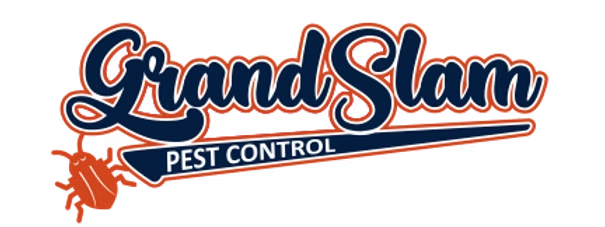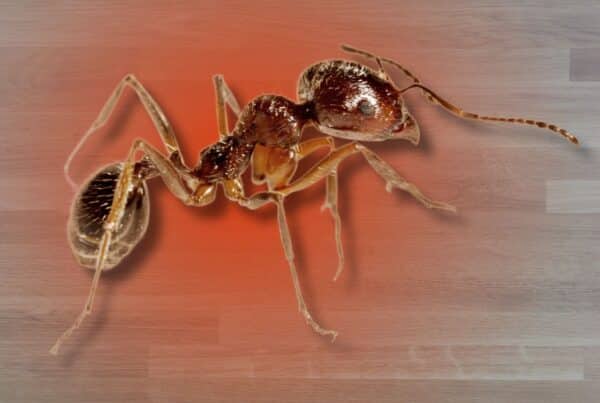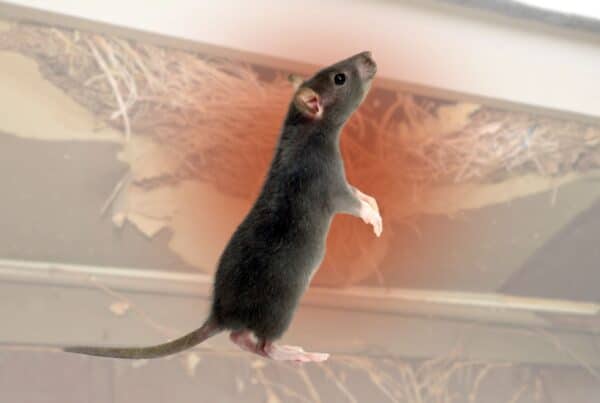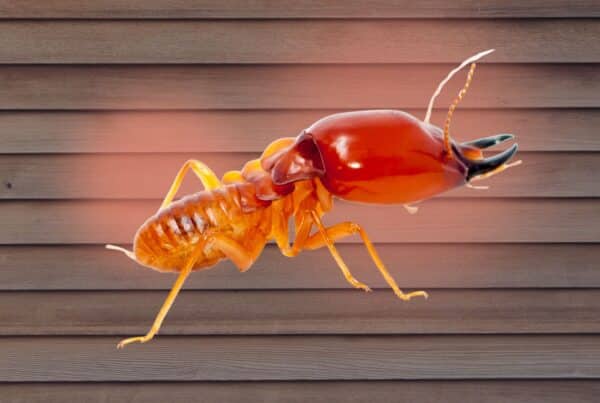Fire ants in your yard or home are more than just a nuisance to get rid of. They sting aggressively, damage lawns, and put kids, pets, and even adults at risk.
If you’ve spotted dome-shaped mounds in your yard, you could be dealing with imported red fire ants, one of the most invasive pests in the state.
Here’s what every homeowner should know about tackling fire ants and why professional fire ant control is the best solution.
Why Fire Ants Are a Major Issue
Imported red fire ants (Solenopsis invicta) were introduced to the U.S. nearly a century ago and have since spread across the South.
Texas provides the warm climate and soil conditions they prefer, and they reproduce quickly once established.
Why they’re so difficult to manage:
- Painful stings: Fire ants bite to anchor themselves, then sting repeatedly, injecting venom that causes burning pain and itchy welts. Severe allergic reactions are possible.
- Lawn destruction: Mounds suffocate grass, kill roots, and damage landscaping. Colonies also disrupt soil around foundations, AC units, and electrical boxes.
- Rapid spread: Fire ants relocate quickly when threatened, building new colonies nearby.
- Large populations: Colonies can contain over 200,000 ants, often with multiple queens.
Their impact goes beyond yards. According to the USDA, fire ants cause more than $6 billion in damages annually across the southern U.S.
That includes structural damage, crop losses, and even veterinary bills. Fire ants can harm livestock and pets, chewing through electrical wiring in barns, damaging farm equipment, and infesting animal feed.
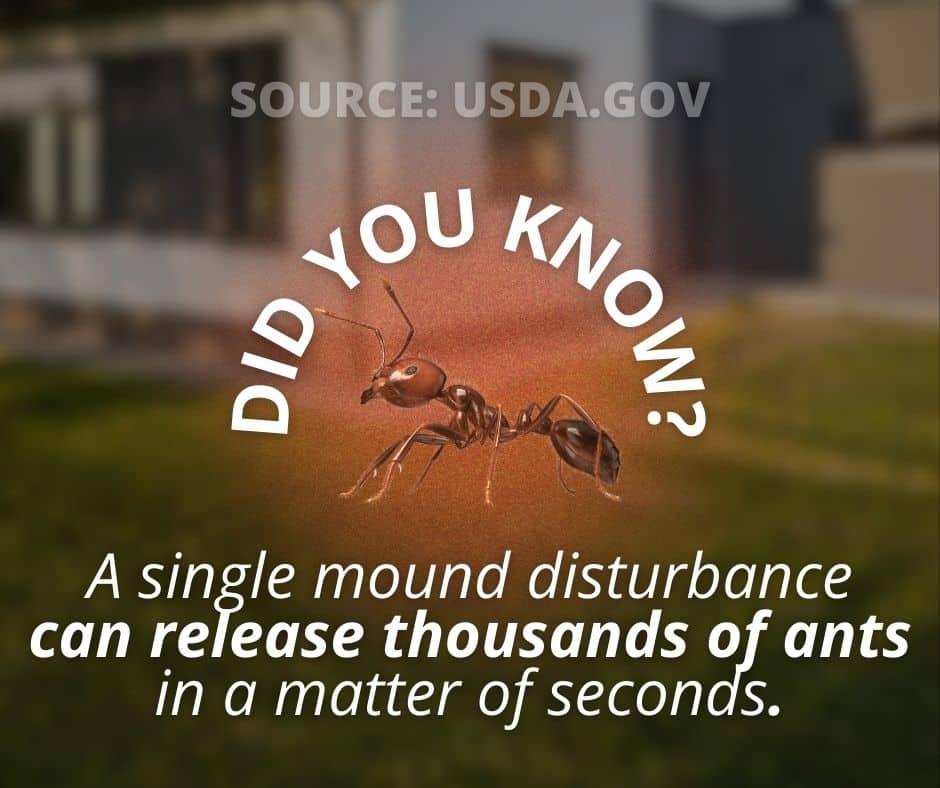
How to Spot Fire Ant Activity in Your Yard
Not every mound in the grass belongs to a fire ant colony. Here’s how to identify them:
- Reddish-brown ants about 1/8 to 1/4 inch long
- Loose, dome-shaped mounds with no central entry hole
- Swarming behavior when the mound is disturbed
- Location preference: sunny open areas such as lawns, sidewalks, and fence lines
Fire ants are especially active after rain or during hot, dry weather. When their nests flood or the soil gets too dry, they often move closer to homes or even inside.
Why DIY Treatment Tends to Fail
Homeowners often try to solve fire ant problems themselves, but most methods only provide temporary relief. Pouring boiling water, spraying store-bought chemicals, or scattering generic granules rarely works for long.
The reasons are simple:
- DIY products usually kill only surface ants
- Colonies survive deep underground where treatments don’t reach
- Disturbed colonies often relocate and form new mounds
Even popular home remedies like coffee grounds, vinegar, or dish soap are unreliable. They may seem to work at first but usually just push the colony to build again a few feet away. Worse, pouring harmful chemicals or boiling water directly onto the lawn can damage soil, grass, or nearby plants.
Instead of spending time and money on short-lived fixes, the smarter option is to invest in targeted professional treatments that are designed to eliminate fire ants at the source.
Professional Fire Ant Control That Works
At Grand Slam Pest Control, we use proven strategies and treatments designed specifically for fire ant infestations in Texas yards. Unlike DIY methods, our approach eliminates the colony and prevents new mounds from forming.
Our fire ant services include:
- Targeted mound treatments: Applied directly to active colonies for fast knockdown
- Yard-wide protection: Treatments that cover your lawn and landscaping, not just visible mounds
- Safe, family-friendly applications: Products chosen with pets, children, and the environment in mind
- Follow-up service: Ongoing treatment plans to keep fire ants from coming back
A professional inspection is always the first step to get rid of ants in your yard. Our team identifies high-risk areas, notes where ants are most active, and builds a treatment plan tailored to your property.
How to Keep Fire Ants from Returning
Fire ants are resilient, which is why prevention is just as important as treatment. Along with professional service, you can make your yard less attractive to ants by:
- Eliminating standing water in gutters, planters, and low areas
- Keeping grass trimmed and removing yard debris where ants may nest
- Sealing entry points around foundations and utility lines
- Scheduling seasonal pest control to address activity before it spreads
Texas homeowners often find that fire ants reappear in the spring after heavy rains or in late summer during drought. A year-round service plan with regular inspections and treatments is the most reliable way to keep your yard safe.
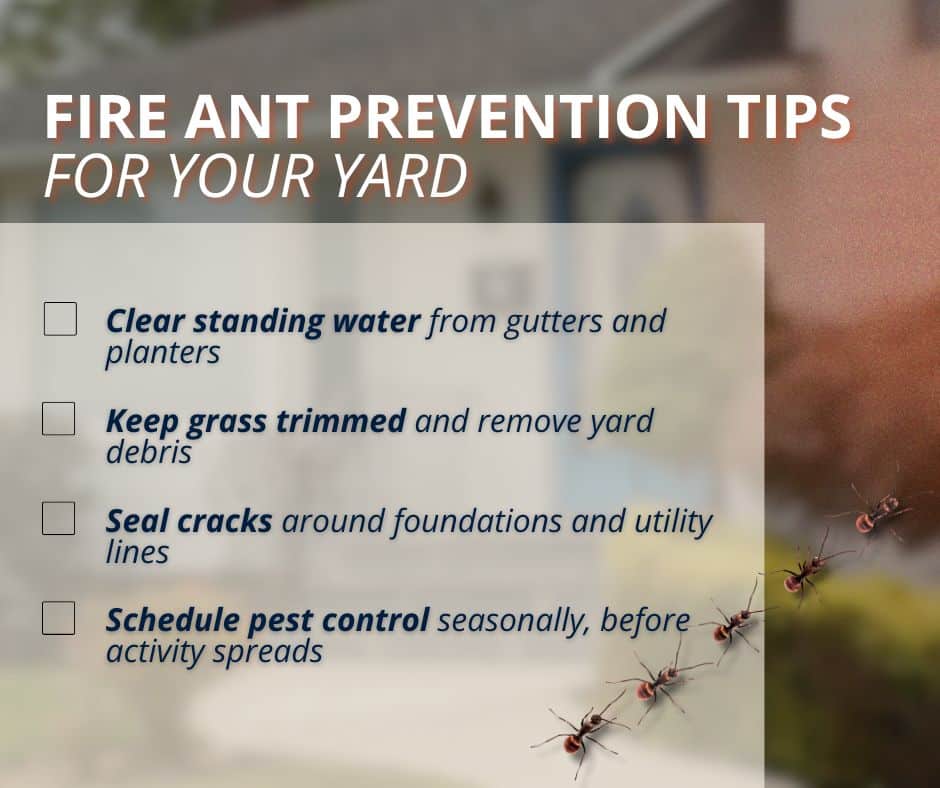
Related Questions
Do fire ants bite or sting?
Both. They bite first to latch on, then sting repeatedly to inject venom.
Can fire ants come inside the house?
Yes. Extreme heat, flooding, or disturbed mounds can drive them indoors through cracks or utility lines. Professional inspections can identify and seal entry points.
Are treatments safe for kids and pets?
Yes. Our applications are designed to be effective against ants (indoors and outdoors) while keeping your family and pets safe.
When to Call a Professional
If you’ve tried to get rid of fire ants in your own yard and keep seeing new mounds, it’s time to call in the experts. Professional fire ant control is the only way to eliminate colonies completely and prevent them from coming back.
Grand Slam Pest Control offers:
- Complete fire ant control services
- Full yard treatments tailored to Texas conditions
- Preventative pest control for ants, mosquitoes, termites, and more
- Local expertise from technicians who know how fire ants behave in your area
Conclusion
Fire ants pose a threat to your yard, your pets, and your peace of mind: but you can get rid of them. DIY methods may kill a few ants on the surface, but they won’t wipe out the colony.
Professional fire ant control is the most reliable way to protect your yard and keep it safe long-term.
Contact Grand Slam Pest Control today to schedule fire ant service and take back your yard.
